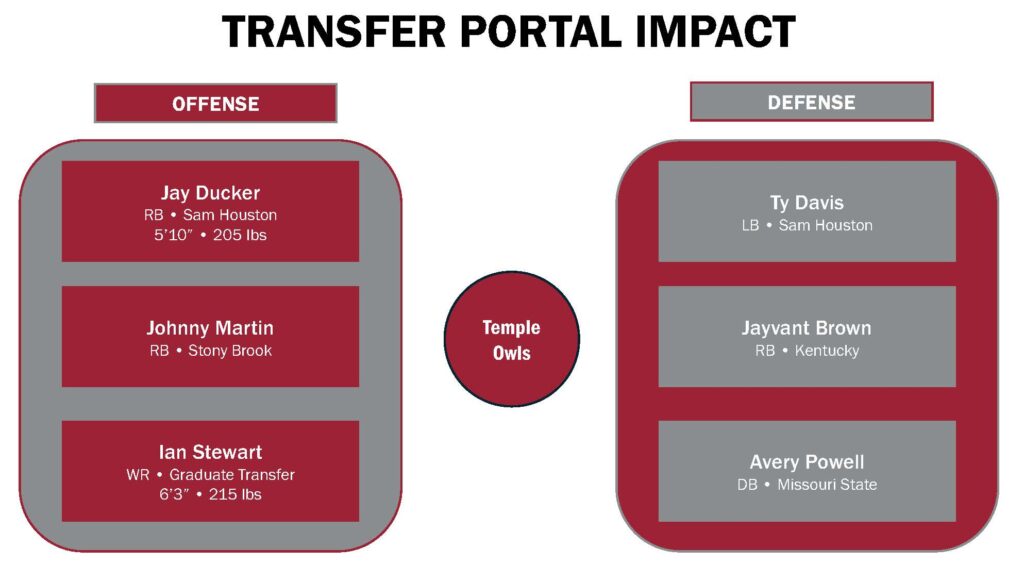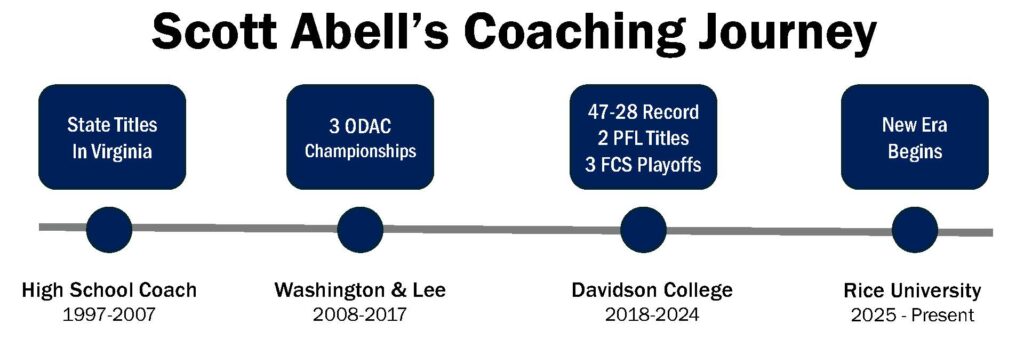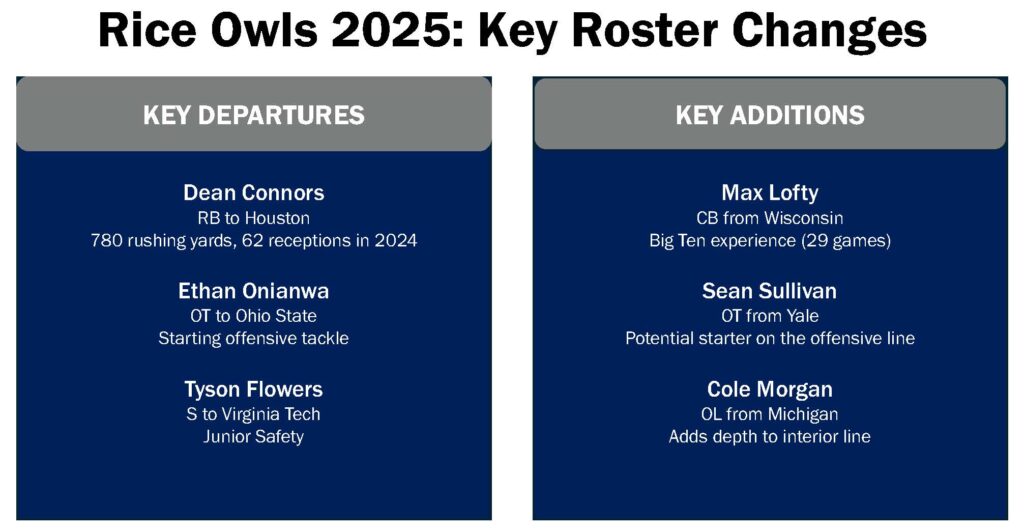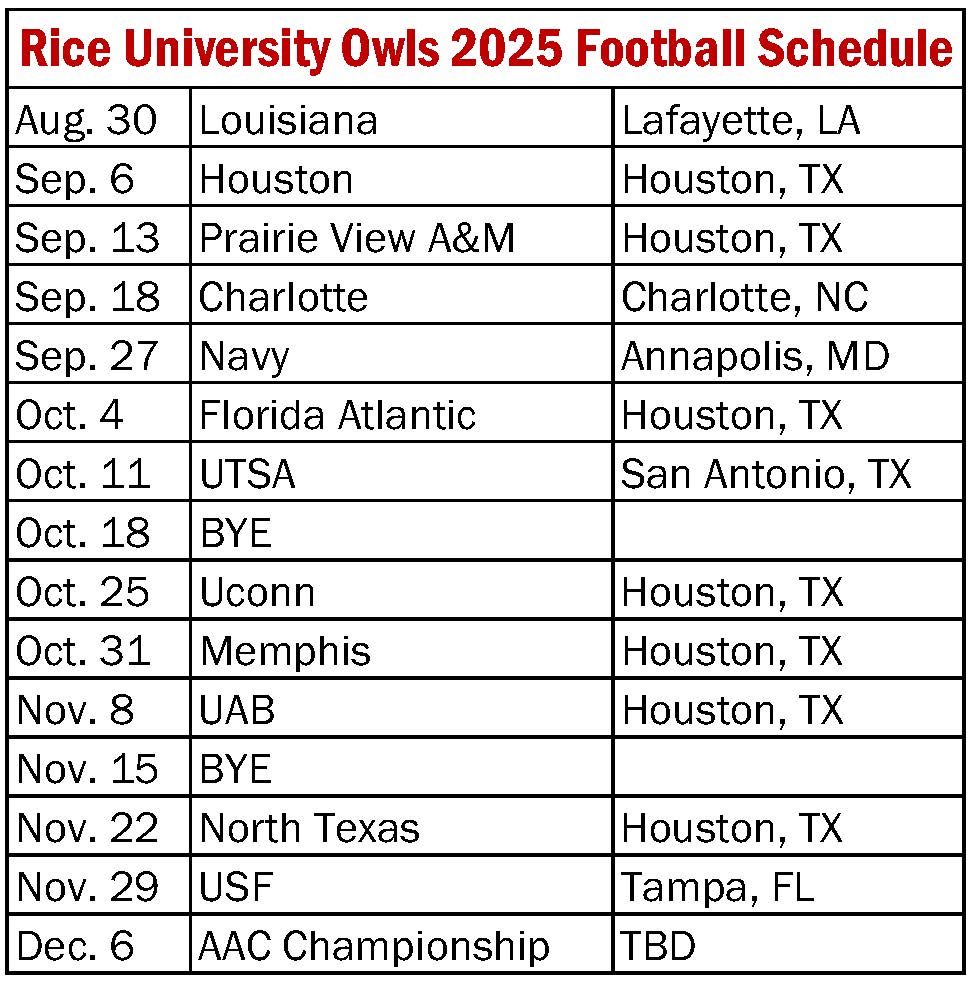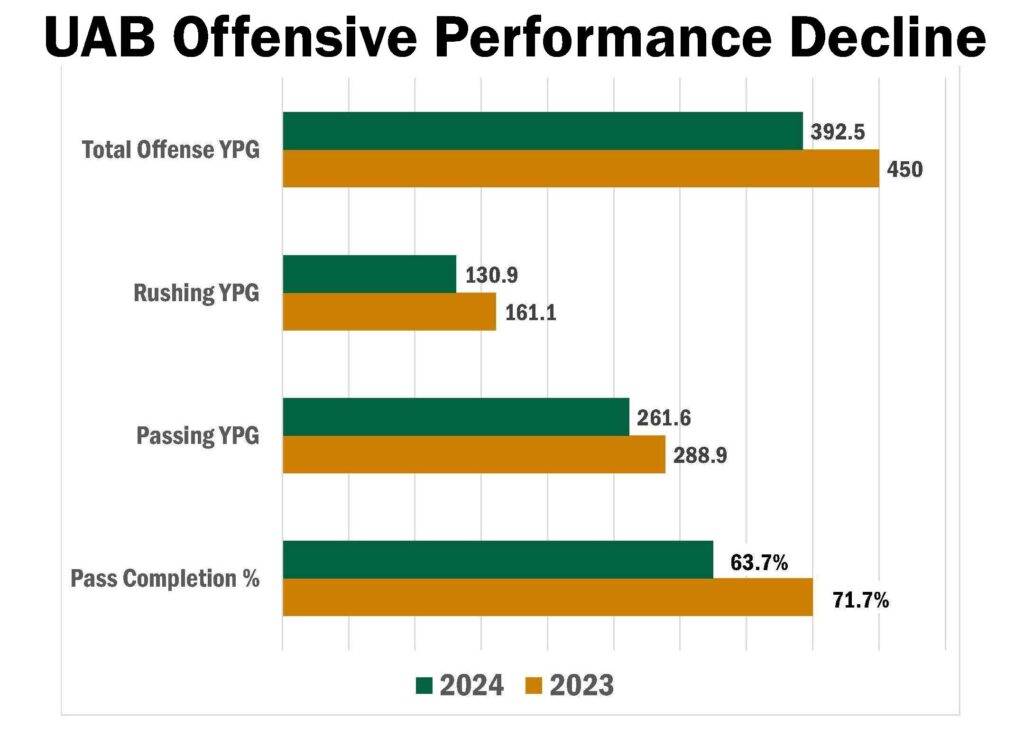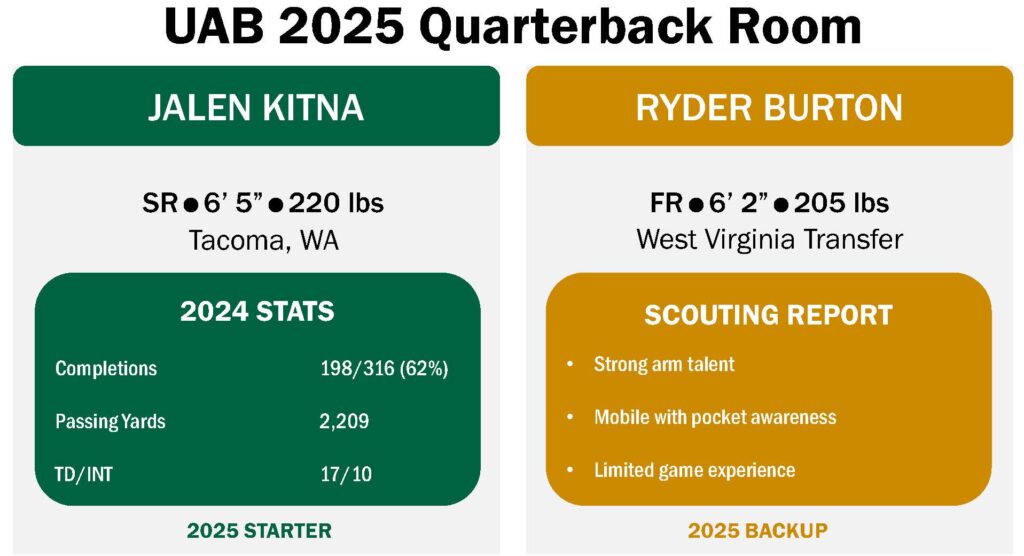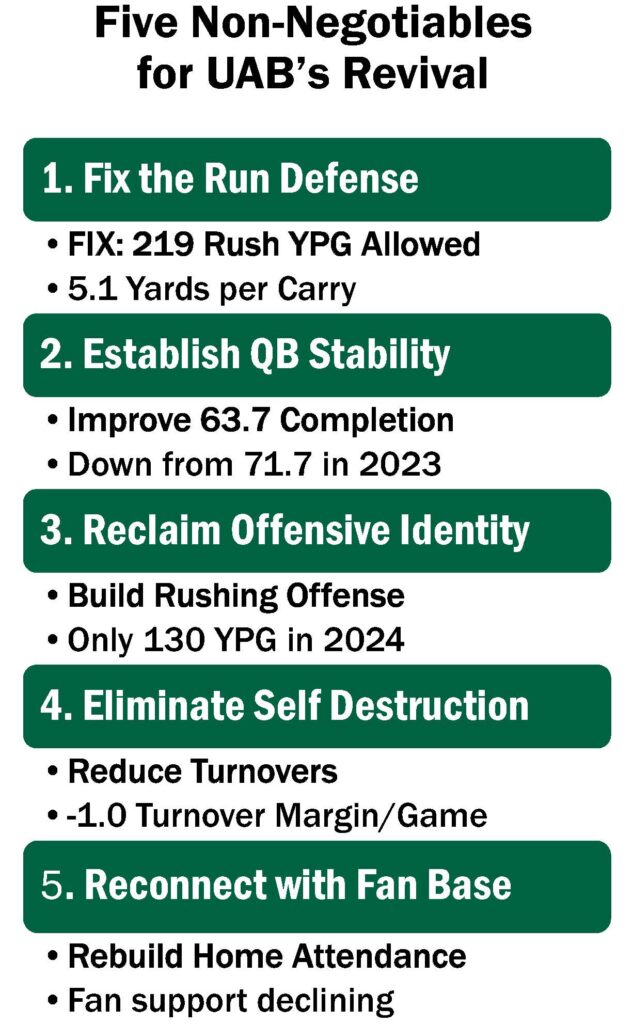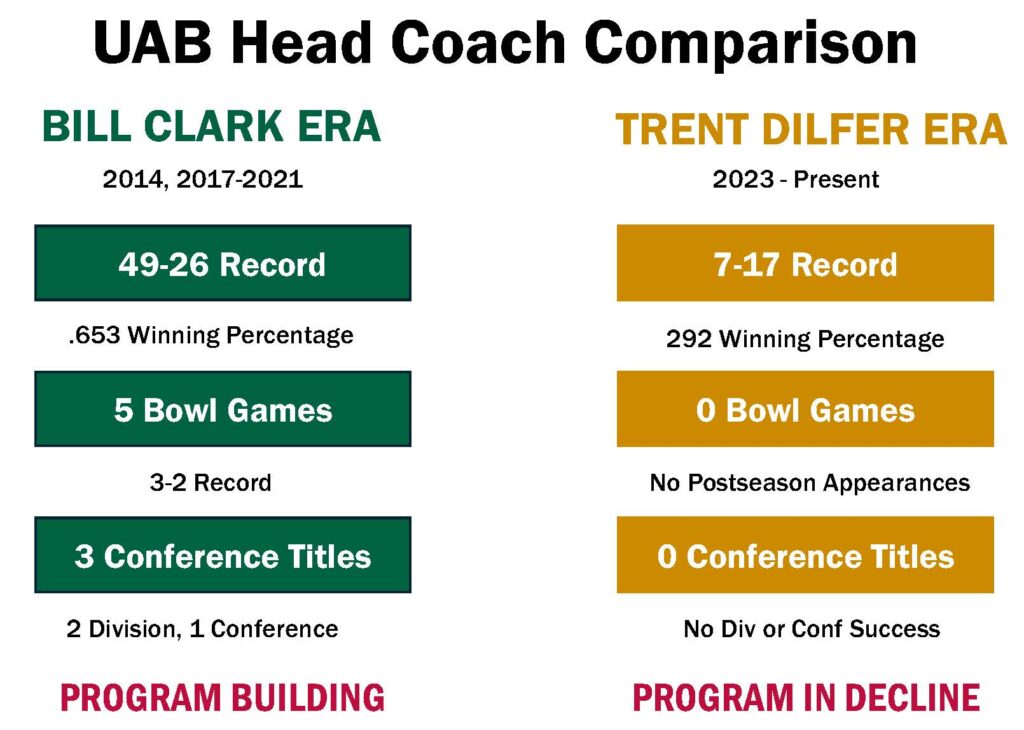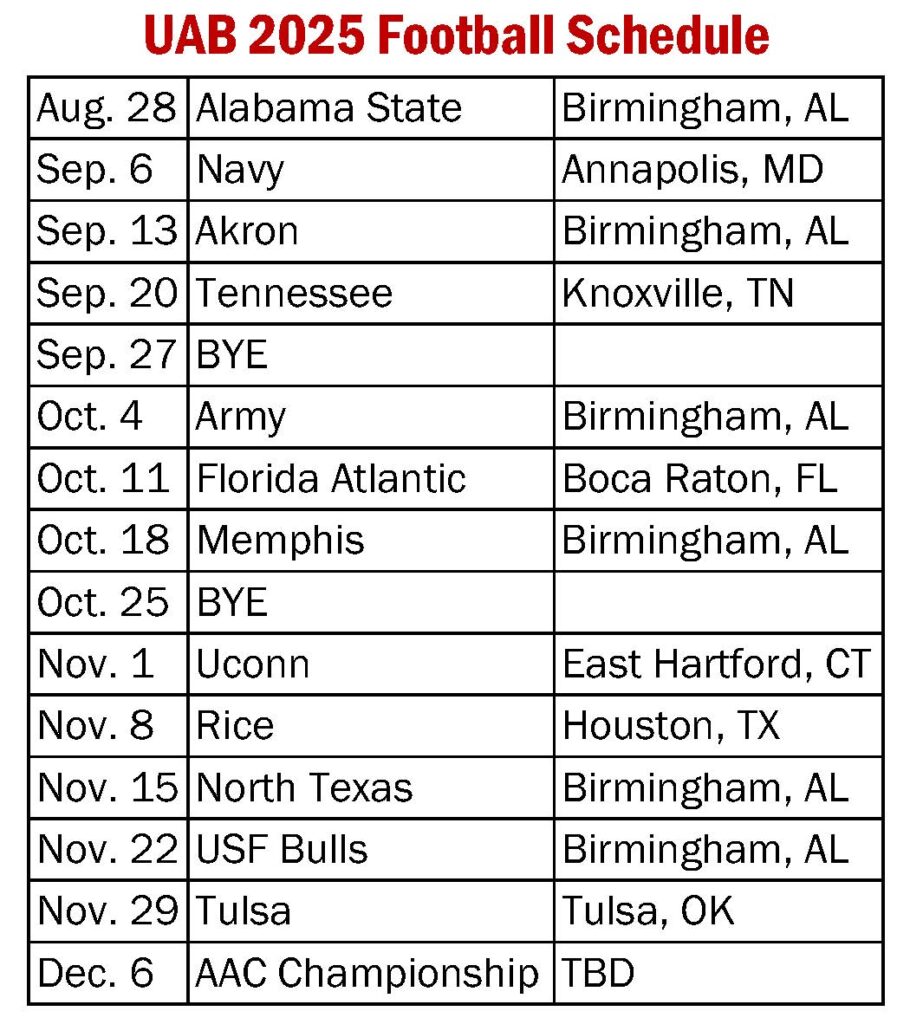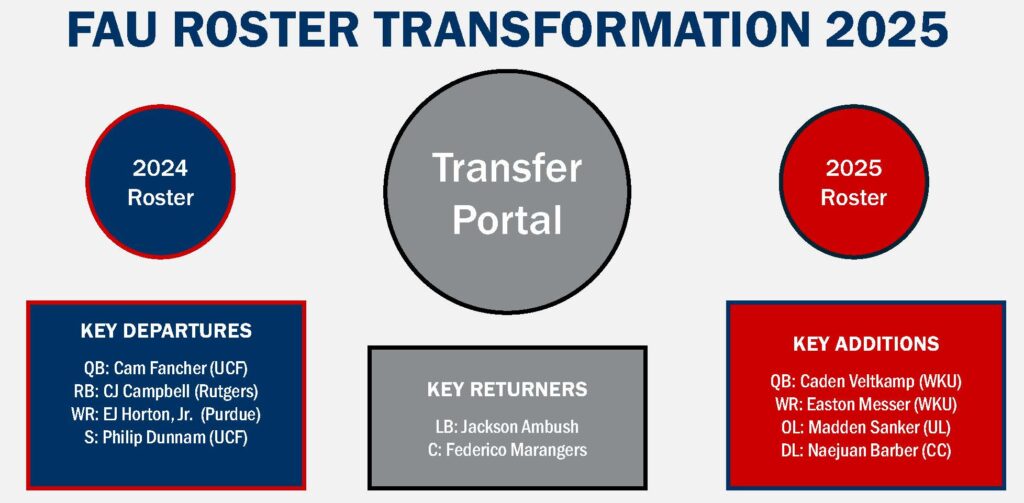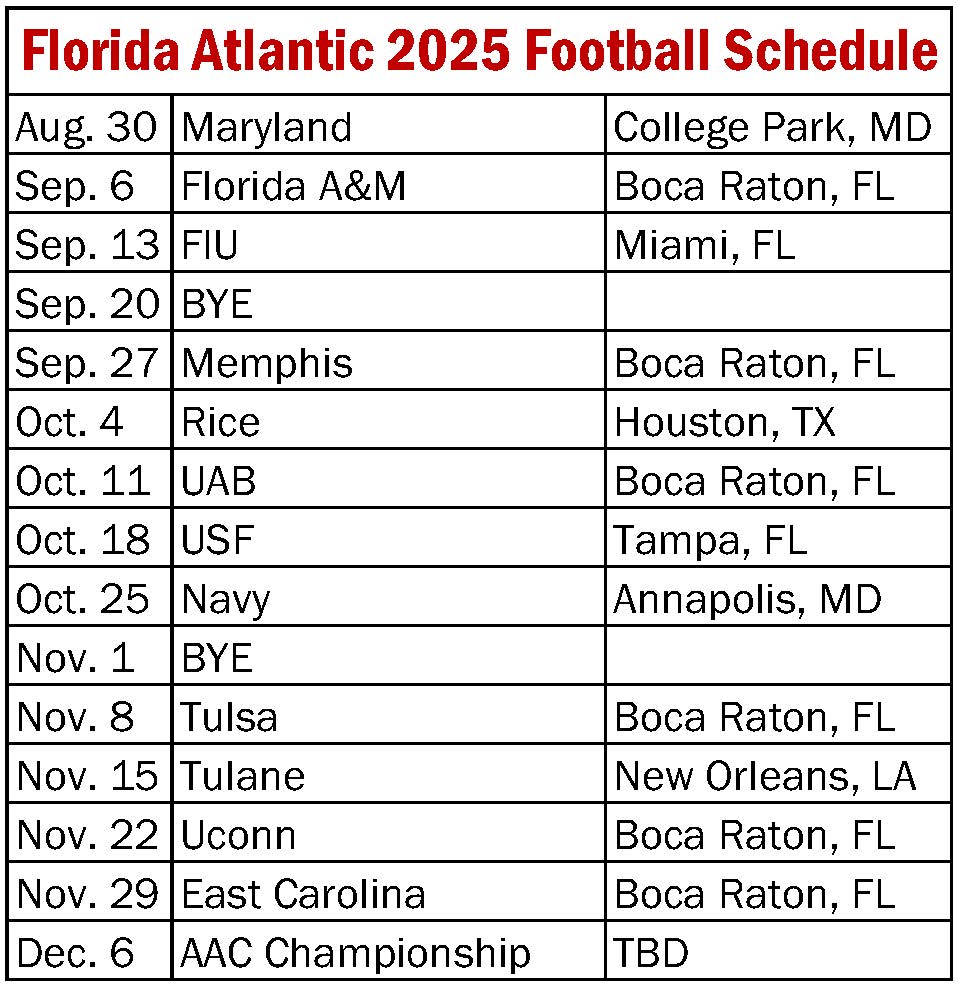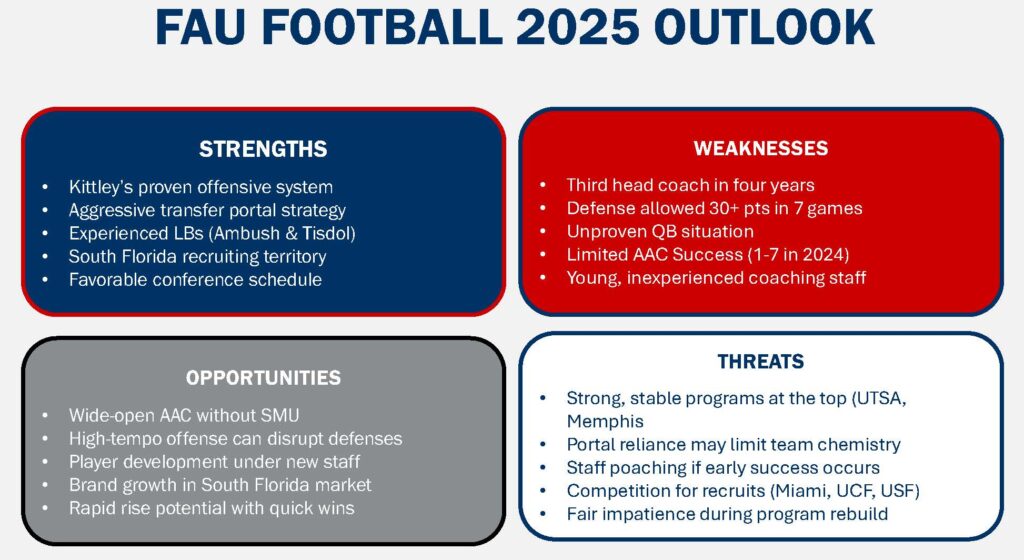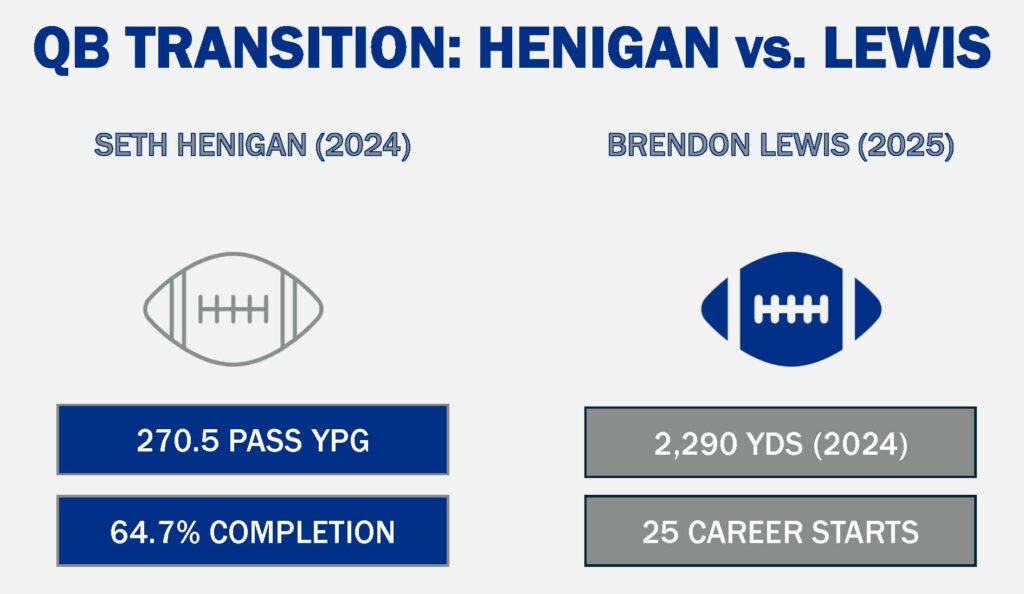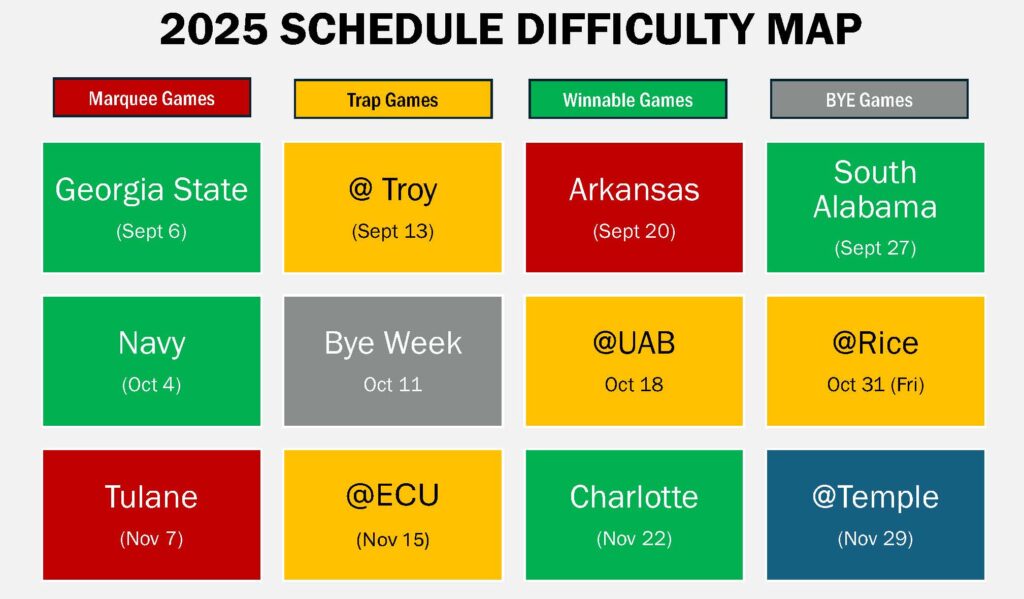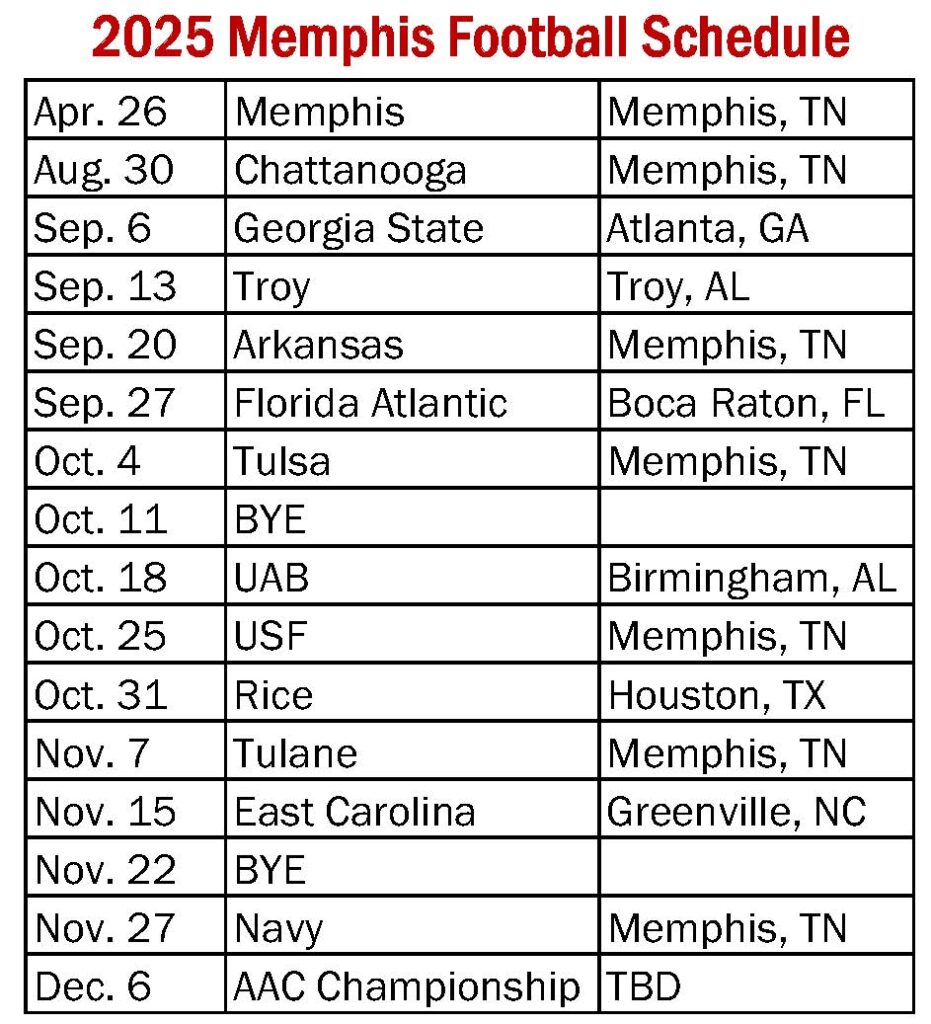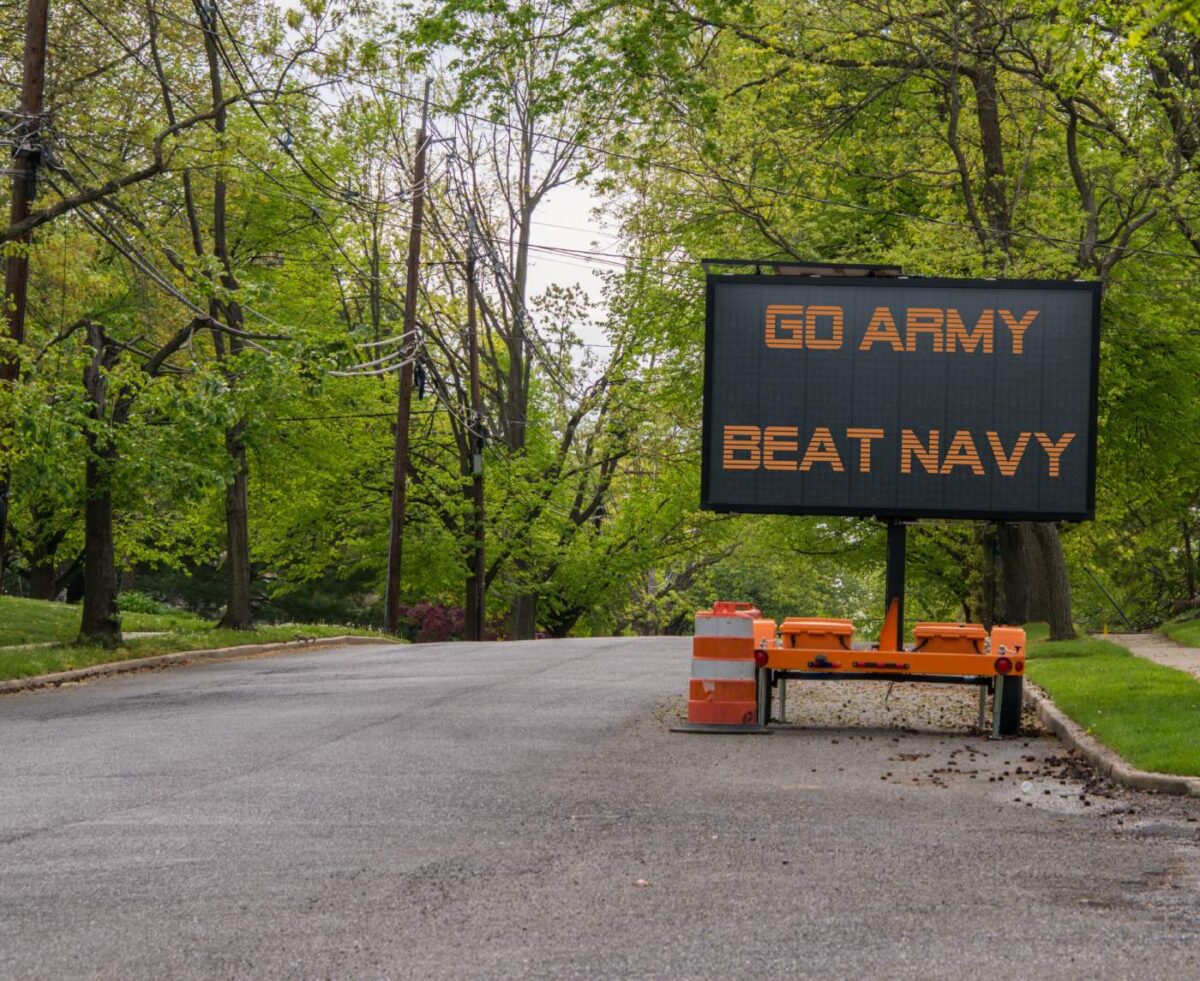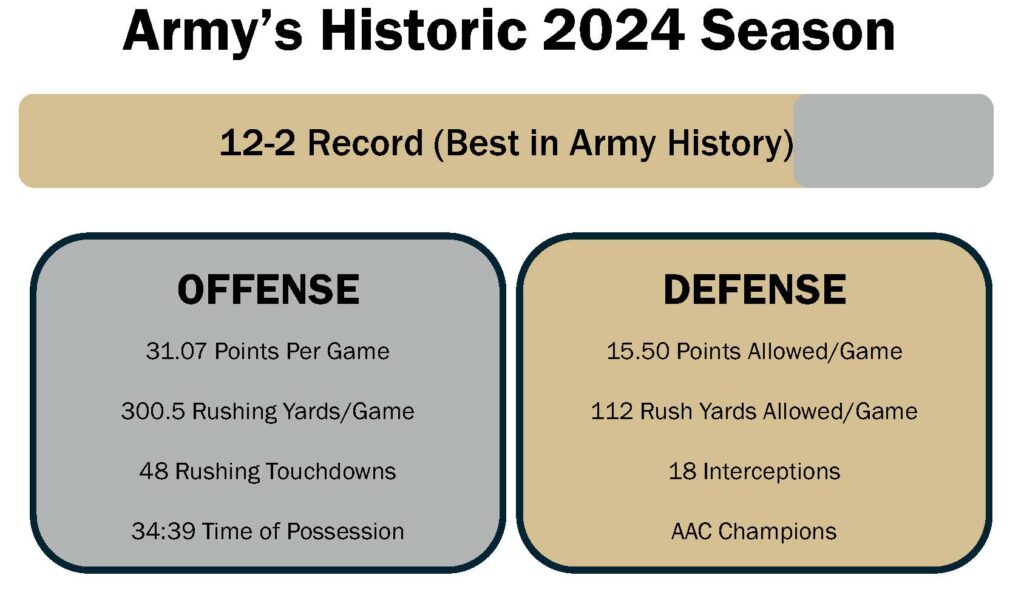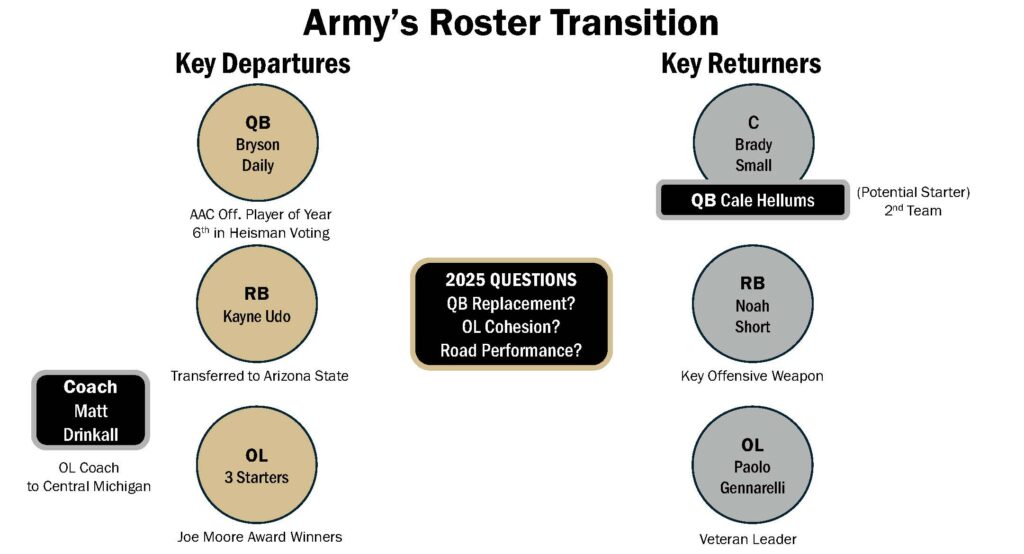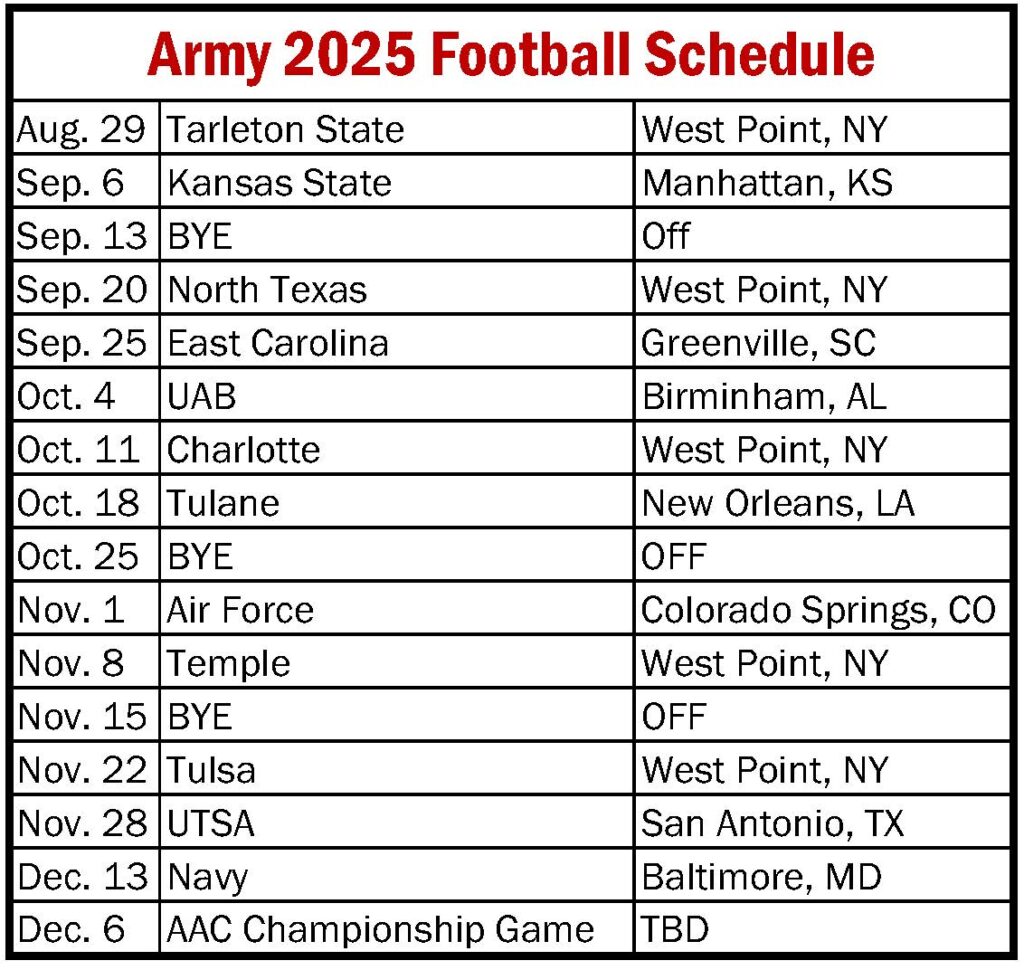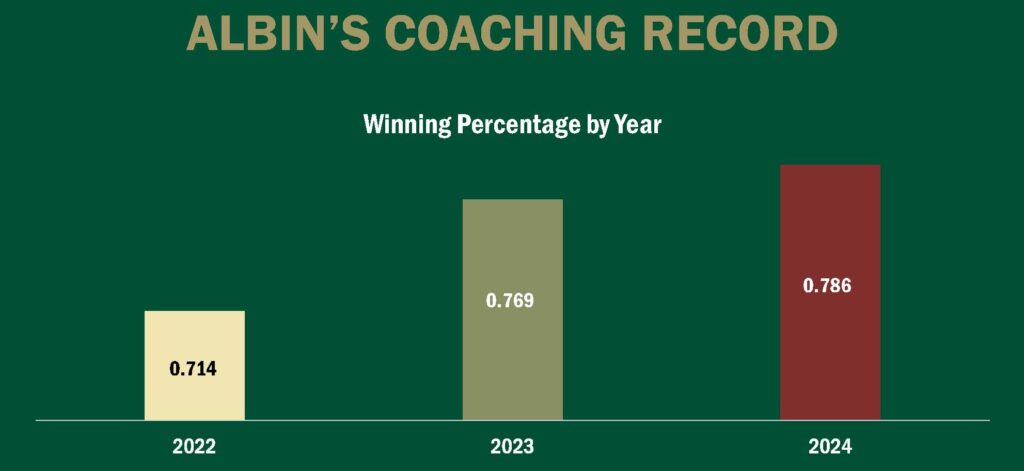Blog Article
UTSA Football in 2025: The Definitive Blueprint for Roadrunner Domination
The UTSA Football Roadrunners are about to embark on their most pivotal season yet.
After finishing 7-6 in 2024 with a dominant Myrtle Beach Bowl victory, UTSA enters 2025 at a critical crossroads. Head coach Jeff Traylor’s sixth season presents a fascinating case study in program building: an established offensive identity powered by returning stars versus a defense undergoing complete reconstruction.
The question isn’t whether UTSA can remain competitive in the American Athletic Conference—it’s whether they can finally break through and capture the conference championship that has eluded them thus far.
The Roadrunners’ 2024 Season Revealed Something Crucial About Their Identity
UTSA’s 2024 campaign exposed both its greatest strength and its most glaring weakness.
- Home dominance: A perfect 6-0 record when playing in San Antonio
- Road vulnerability: A concerning 1-6 mark away from the Alamodome
- Offensive firepower: 33.2 points per game (27th nationally) behind QB Owen McCown’s 3,424 passing yards
- Defensive struggles: 30.1 points allowed per game (102nd nationally)
- Conference performance: 4-4 in AAC play, showing they can compete but haven’t broken through
The bowl game blowout of Coastal Carolina (44-15) offered a tantalizing glimpse of what this program can become when firing on all cylinders.
What made the season particularly impressive was how the Roadrunners finished above .500 despite such a stark home/road performance gap.

The Offensive Arsenal Is Locked and Loaded
McCown’s return gives UTSA the most valuable asset in college football: an experienced quarterback who knows the system.
- His 62.3% completion rate and 283.5 passing yards per game provide a rock-solid foundation.
- Robert Henry (706 yards, 7 TDs in 2024) returns to anchor a ground attack that averaged 167.7 yards per game.
- Willie McCoy (536 yards, 4 TDs) headlines a receiving corps bolstered by exciting transfers.
- AJ Wilson (Houston Christian) brings deep-threat capability to stretch defenses verticall.y
- Jaelen Smith (Michigan State) adds Power Five experience and route-running precision.
- Offensive line reinforcements Trevor Timmons (Georgia State) and Darrell Jones (Bowie State) should improve protection.
The addition of BYU transfer Noah Lugo as McCown’s backup provides the quarterback depth that championship-caliber programs require.
This offensive unit has legitimate potential to improve on last year’s impressive numbers.
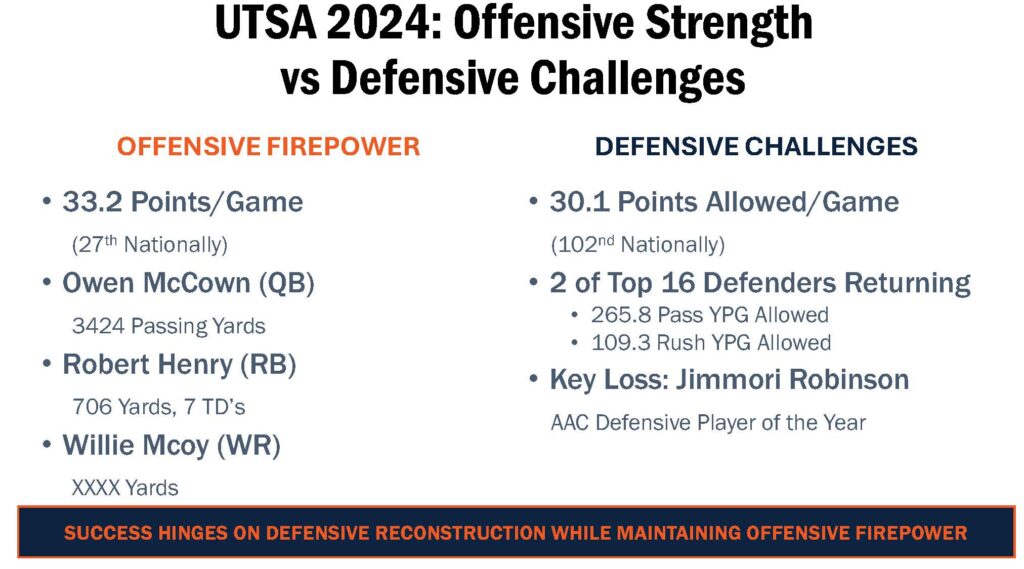
The Defensive Rebuild Will Define UTSA’s Ceiling
No position group faces more questions than a defense returning just two of its top 16 contributors from 2024.
- AAC Defensive Player of the Year Jimmori Robinson’s departure leaves a massive void in the pass rush
- Linebacker Martavius French’s transfer to Colorado removes a reliable tackler from the middle level
- Denver Harris’s exit to UNLV creates uncertainty in a secondary that allowed 265.8 passing yards per game
- Owen Pewee emerges as the unit’s expected leader but will need substantial support
- TCU transfer Shad Banks Jr. and East Texas A&M transfer Brandon Tucker must provide immediate impact at linebacker
- Edge rusher Kaian Roberts-Day (Baylor) has the unenviable task of replacing Robinson’s disruption
- Safety transfers Cameron Upshaw Jr. (Memphis) and KK Meier (Nevada) will anchor a rebuilding secondary
Early-season growing pains seem inevitable, but if defensive coordinator Neal Neathery can accelerate the unit’s development, UTSA’s championship aspirations become significantly more realistic.
The defense doesn’t need to be elite—it just needs to be good enough to complement the explosive offense.
The Schedule: A Perfect Test of UTSA’s Evolution
The 2025 slate offers UTSA a chance to prove they’ve solved their road woes.
- Aug. 30 at Texas A&M: An immediate litmus test against SEC competition
- Sept. 6 vs. Texas State: This is A crucial regional rivalry that could set the tone for home dominance
- Sept. 13 vs. Incarnate Word: This is another opportunity to establish momentum before conference play
- Sept. 20 at Colorado State: This is the first actual road test against a comparable opponent
- Oct. 4 at Temple: Conference opener presents a chance to exorcise road demons
- Oct. 11 vs. Rice: A pivotal home matchup against a conference rival
- Oct. 18 at North Texas: Another road challenge against a regionally familiar foe
- Oct. 30 vs. Tulane: Thursday night home showdown against a perennial AAC contender
- Nov. 6 at South Florida: Late-season road trip that could have significant conference implications
- Nov. 15 at Charlotte: The final away game that will test UTSA’s road improvement
- Nov. 22 vs. East Carolina: Late-season home contest with potential playoff implications
- Nov. 28 vs. Army: Black Friday battle against the triple-option requires disciplined defense
How UTSA performs in its five conference road games will likely determine whether it plays for an AAC championship in December.
A split of those road contests and continued home dominance would put them squarely in the title conversation.
Coach Traylor’s Recruiting Strategy Shows His Understanding of Modern College Football
The coaching staff has embraced a multi-channel approach to roster construction that reflects college football’s new reality.
- 29 new players added through three distinct pipelines:
- 13 high school prospects for long-term program building
- 5 junior college transfers for immediate impact with development upside
- 11 portal additions providing experienced reinforcements at positions of need
- Skipping the traditional spring game in favor of extended strength and conditioning work
- Strategic focus on defensive reinforcements to address the unit’s massive turnover
- Balanced approach between immediate fixes and sustained program growth
This diversified recruitment strategy demonstrates why Traylor has established himself as one of the conference’s premier program builders.
His ability to adapt to the transfer portal era while maintaining high school recruiting relationships gives UTSA stability in an increasingly volatile college football landscape.
What Should Roadrunner Fans Reasonably Expect in 2025?
UTSA has the pieces to compete for an AAC championship if several key factors break their way.
- The offense should rank among the conference’s most explosive units
- Defensive performance will determine whether they’re playing for a championship or merely bowl eligibility
- Improving on last year’s 1-6 road record is essential
- 7-8 regular-season wins represent a reasonable baseline expectation
- Special teams’ stability following kicker Chase Allen’s transfer to Rice remains an underrated concern
- Early-season defensive cohesion will be a critical indicator of the team’s ceiling
The contrast between offensive continuity and defensive reconstruction creates a fascinating tension defining the Roadrunners’ 2025 campaign.
With the right breaks, this could be the season UTSA finally breaks through for a conference championship and cements its status as one of the AAC’s flagship programs.
The Alamodome faithful have every reason to believe this team is on the cusp of something special.
Become an Insider
Don’t miss another deep dive into college football’s most crucial storylines and program developments. Our team-by-team analysis gives you the insider perspective to understand where each program is headed in 2025 and beyond. Subscribe for free now to access our comprehensive breakdowns, exclusive hot seat rankings, and in-depth conference analysis delivered to your inbox. Join thousands of college football insiders who trust Coaches Hot Seat to keep them ahead of the game. Hit the link below to unlock all our premium content and never miss another update.





